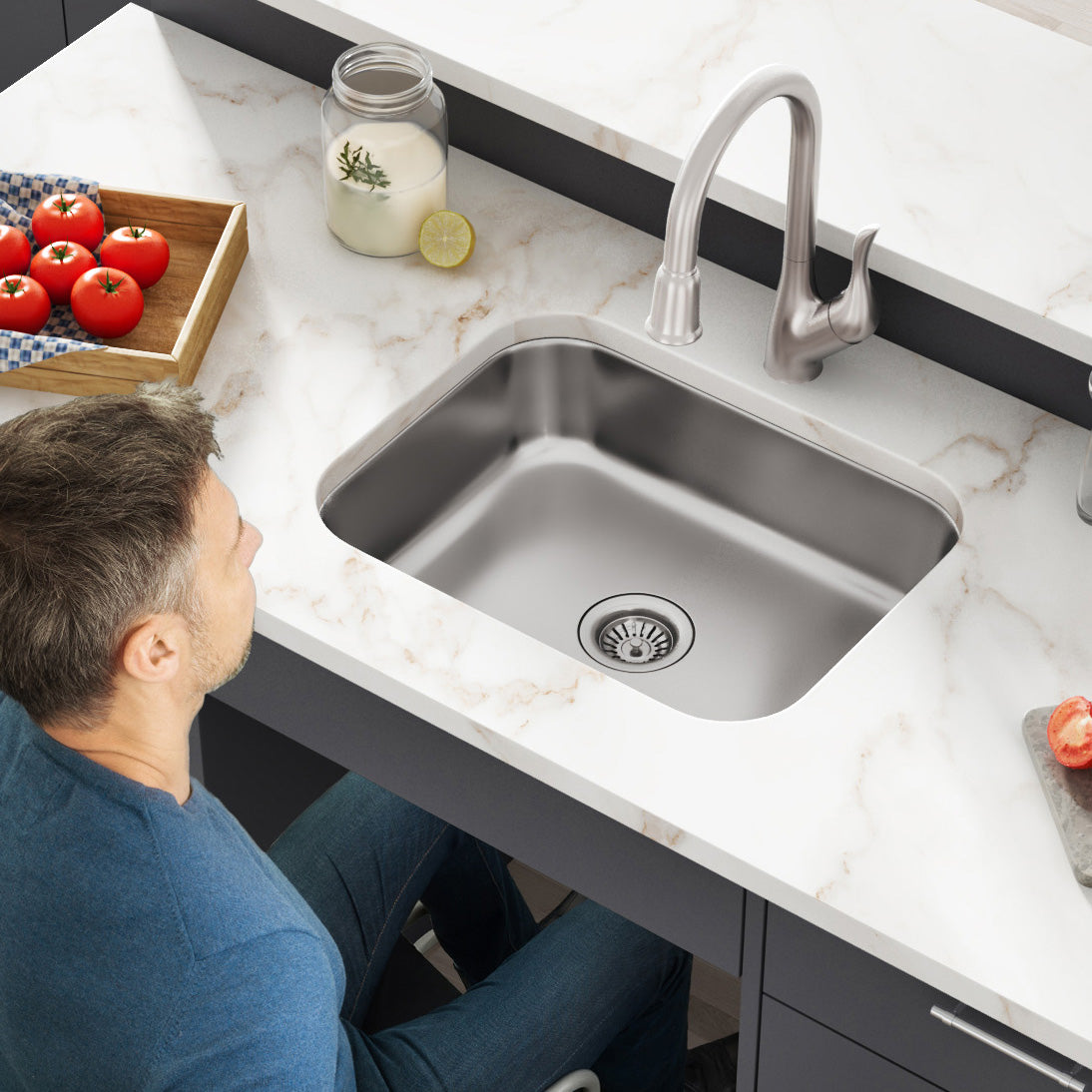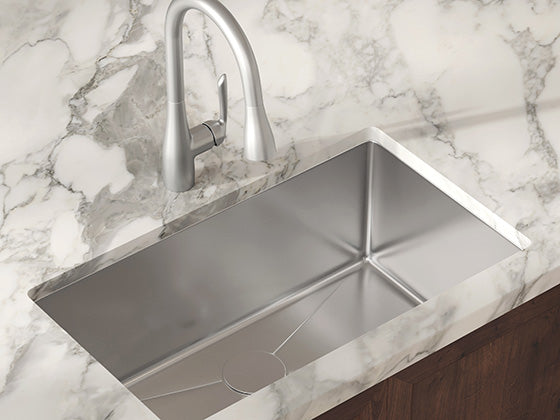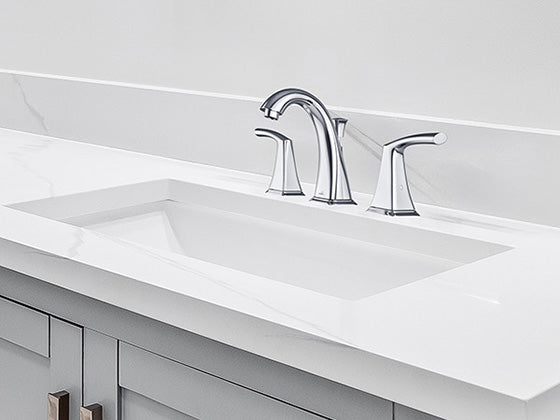Modern architecture and interior design require creating spaces that are accessible and inclusive for everyone. One crucial aspect of this endeavor is designing bathrooms that adhere to the standards set by the Americans with Disabilities Act (ADA). Among the various elements of an ADA-compliant bathroom, the choice and installation of ADA bathroom sinks play a pivotal role in ensuring equitable access and comfort for people of all abilities.
In this blog, we will explore the significance of ADA bathroom sinks, their key features, and their role in promoting inclusivity in public and private spaces.
Understanding ADA Regulations


The Americans with Disabilities Act, enacted in 1990, was a landmark piece of legislation that aimed to prohibit discrimination against individuals with disabilities. Title III of the ADA specifically addresses public accommodations and commercial facilities, requiring them to provide accessible features for people with disabilities. These regulations extend to restrooms, emphasizing the importance of designing restrooms that are user-friendly for individuals with mobility challenges.
Key Features of ADA Bathroom Sinks


ADA-compliant bathroom sinks are designed with several key features that prioritize accessibility and convenience:
Height and Clearance: ADA bathroom sinks are typically mounted at a height of 29 inches (measured from the floor to the top of the sink rim). This lower height ensures that individuals who use wheelchairs or have limited mobility can comfortably reach the sink and faucet controls. Additionally, there should be enough clearance space beneath the sink to accommodate a wheelchair user.
Knee Space: An ADA-compliant sink should provide adequate knee space beneath the sink to allow wheelchair users to approach as closely as possible. This space allows individuals to position their knees and thighs comfortably beneath the sink while performing tasks.
Faucet Controls: Faucet controls should be designed for easy operation, requiring minimal effort to turn on and off. Lever handles or motion-sensing faucets are commonly used to ensure that individuals with limited dexterity can use the sink without difficulty.
Insulation: ADA bathroom sinks are equipped with insulation to prevent the outer surface from becoming too hot to touch, reducing the risk of burns or discomfort for users.
Clearance and Drainage: The sink should be designed with a forward approach to provide clear access for wheelchair users. Additionally, the sink should be equipped with proper drainage to prevent water from spilling onto the floor.
Benefits of ADA Bathroom Sinks


Inclusivity: ADA sinks are a testament to the commitment to inclusivity, ensuring that everyone, regardless of their abilities, can access and use restroom facilities with ease and dignity.
Legal Compliance: Installing ADA-compliant bathroom sinks is essential for businesses and public facilities to adhere to legal requirements and avoid potential lawsuits related to accessibility issues.
User-Friendly: ADA bathroom sinks are designed with a focus on user-friendliness. Their thoughtful design benefits not only individuals with disabilities but also the general population, including children and the elderly.
Enhanced Reputation: Businesses and organizations that prioritize accessibility and inclusivity demonstrate a commitment to social responsibility, which can enhance their reputation and appeal to a wider customer base.
Conclusion
The installation of ADA bathroom sinks is more than just a legal requirement; it is a symbolic gesture that signifies a commitment to creating inclusive and welcoming spaces for all. These sinks, designed with careful consideration for accessibility and user comfort, play a crucial role in promoting equality and ensuring that individuals with disabilities can navigate public and private restrooms with confidence. By adhering to ADA guidelines and incorporating these thoughtful design elements, we can contribute to a more inclusive society where every individual's needs are met, regardless of their abilities.



















